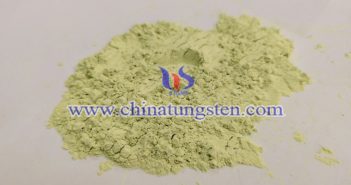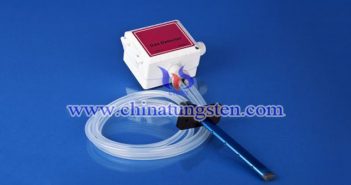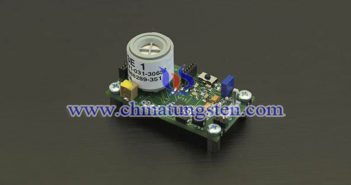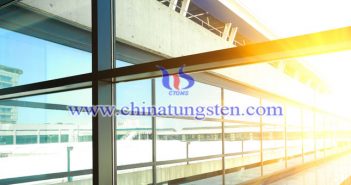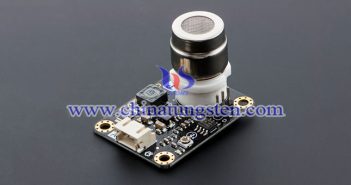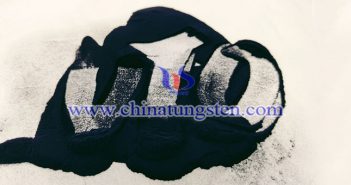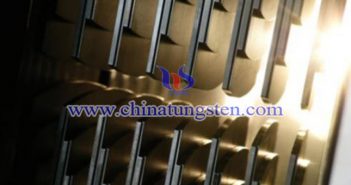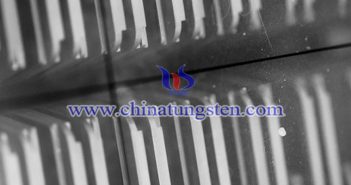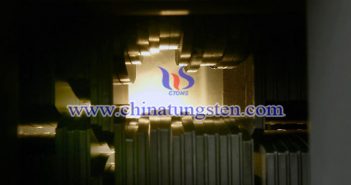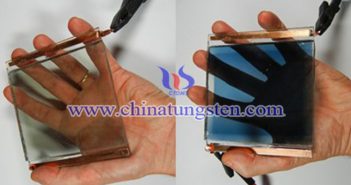
Some experts have proposed a preparation method of inorganic all-solid WO3 electrochromic device. Wherein, the inorganic all-solid electrochromic device has a nickel oxide-zirconia-tungsten oxide stacked structure, and silver nanowires are spin-coated on the stacked structure. More details, please visit: http://tungsten-oxide.com/index.html A Preparation Method of Inorganic All-solid WO3 Electrochromic Device Step 1: Dissolve 1.224 g of nickel acetate in 10 mL of ethylene glycol monomethyl ether, add 0.5 mL of ethanolamine as a stabilizer, heat and stir at 60 °C in…

